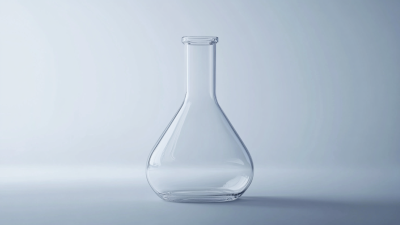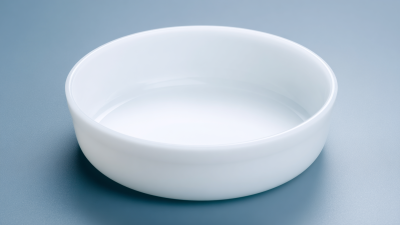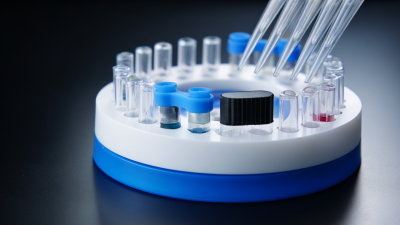Choosing the right PTFE volumetric flask is essential for laboratories seeking accuracy and reliability in their experimental processes. As per the latest industry reports, the demand for high-quality laboratory equipment, including volumetric flasks, has seen a significant increase, with the global laboratory glassware market expected to reach $3.5 billion by 2025. PTFE, or polytetrafluoroethylene, is renowned for its exceptional chemical resistance and stability, making PTFE volumetric flasks a preferred choice in laboratories dealing with aggressive solvents and corrosive substances. Selecting the appropriate PTFE volumetric flask not only ensures precise measurements but also enhances safety and reliability in various applications, from chemical analysis to education.
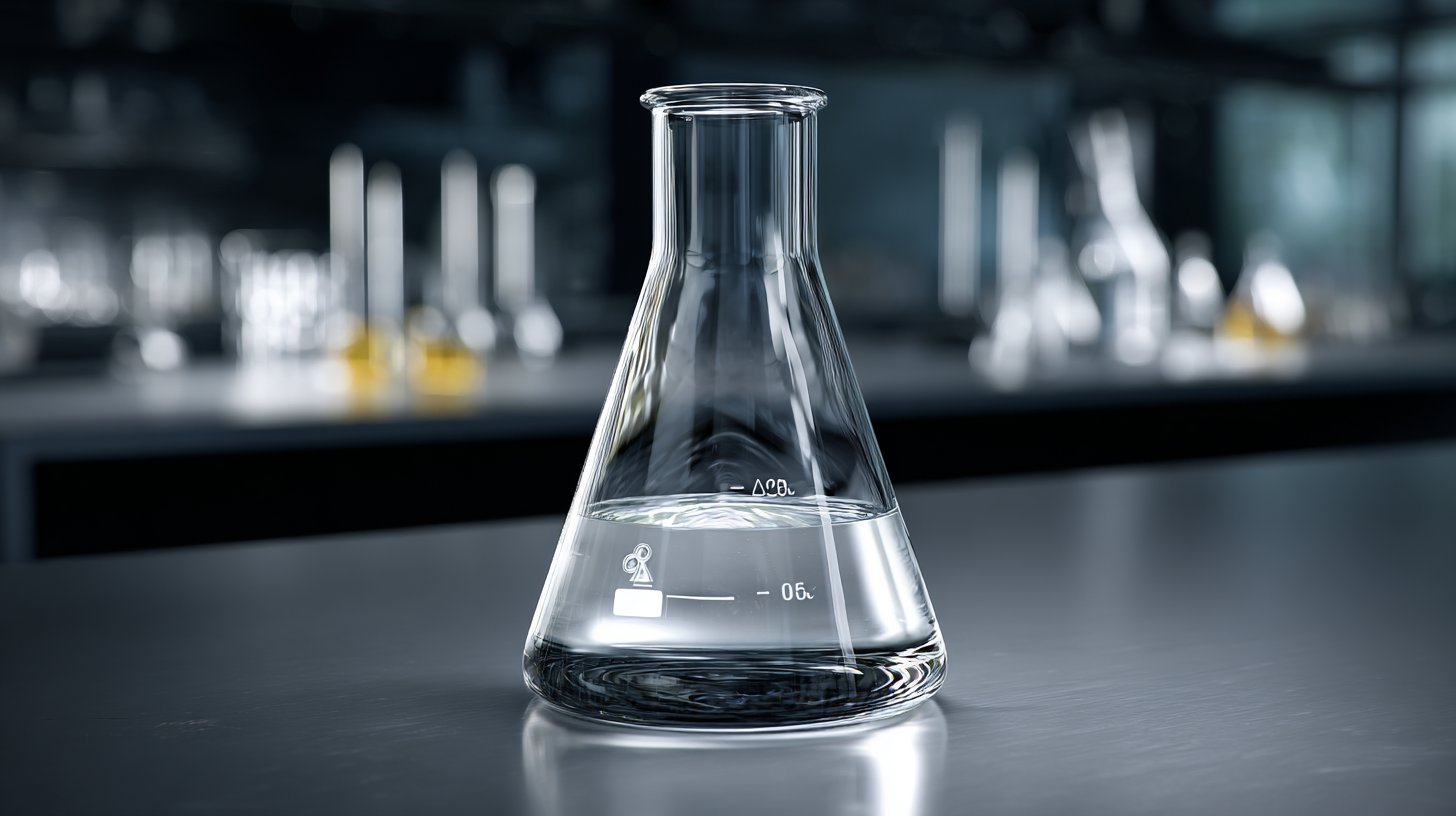
In this article, we will explore the key factors to consider when choosing PTFE volumetric flasks that best suit your laboratory needs, ensuring optimal performance and compliance with industry standards.
PTFE volumetric flasks are essential tools in laboratory settings, primarily known for their excellent chemical resistance and versatility. Made from polytetrafluoroethylene, these flasks can withstand harsh solvents and corrosive chemicals, making them an ideal choice for various applications. Their non-stick surface minimizes sample adhesion, ensuring accurate measurements and easy cleaning, which is particularly beneficial for laboratories handling intricate experiments.
When selecting a PTFE volumetric flask, key features should be considered. First, the flask's capacity must align with the specific requirements of your experiments. Available in various sizes, it’s crucial to choose one that meets the volume needed without frequent refilling. Additionally, the design of the neck and the ease of pouring or mixing should be examined to enhance usability. Moreover, ensuring that the flask is calibrated accurately guarantees precision in your measurements, a vital aspect in scientific research and development. By weighing these features and benefits, laboratory professionals can select the right PTFE volumetric flask tailored to their specific needs.
When selecting a PTFE volumetric flask for your laboratory, several key factors must be considered to ensure you meet your specific analytical needs. One primary consideration is the flask's capacity. PTFE volumetric flasks come in various sizes, typically ranging from 10 mL to 2000 mL, according to ASTM standards. Choosing the right size not only impacts the accuracy of your measurements but also affects the efficiency of your workflow.
Another crucial factor is the temperature and chemical compatibility. PTFE is known for its exceptional resistance to a wide range of chemicals and high temperatures, often withstanding temperatures up to 260 °C. According to a report by the American Chemical Society, using PTFE lab equipment can significantly reduce contamination and prolong the lifespan of flasks compared to glass ones, making it an excellent choice for corrosive substances.
Tips: When evaluating your options, consider purchasing PTFE volumetric flasks that come with certificate of conformity to ensure their precision. Additionally, check for any compatibility with analytical instruments in your lab to avoid disruptions. Investing time in selecting the right flask can enhance both the accuracy of your experiments and the safety of your laboratory environment.
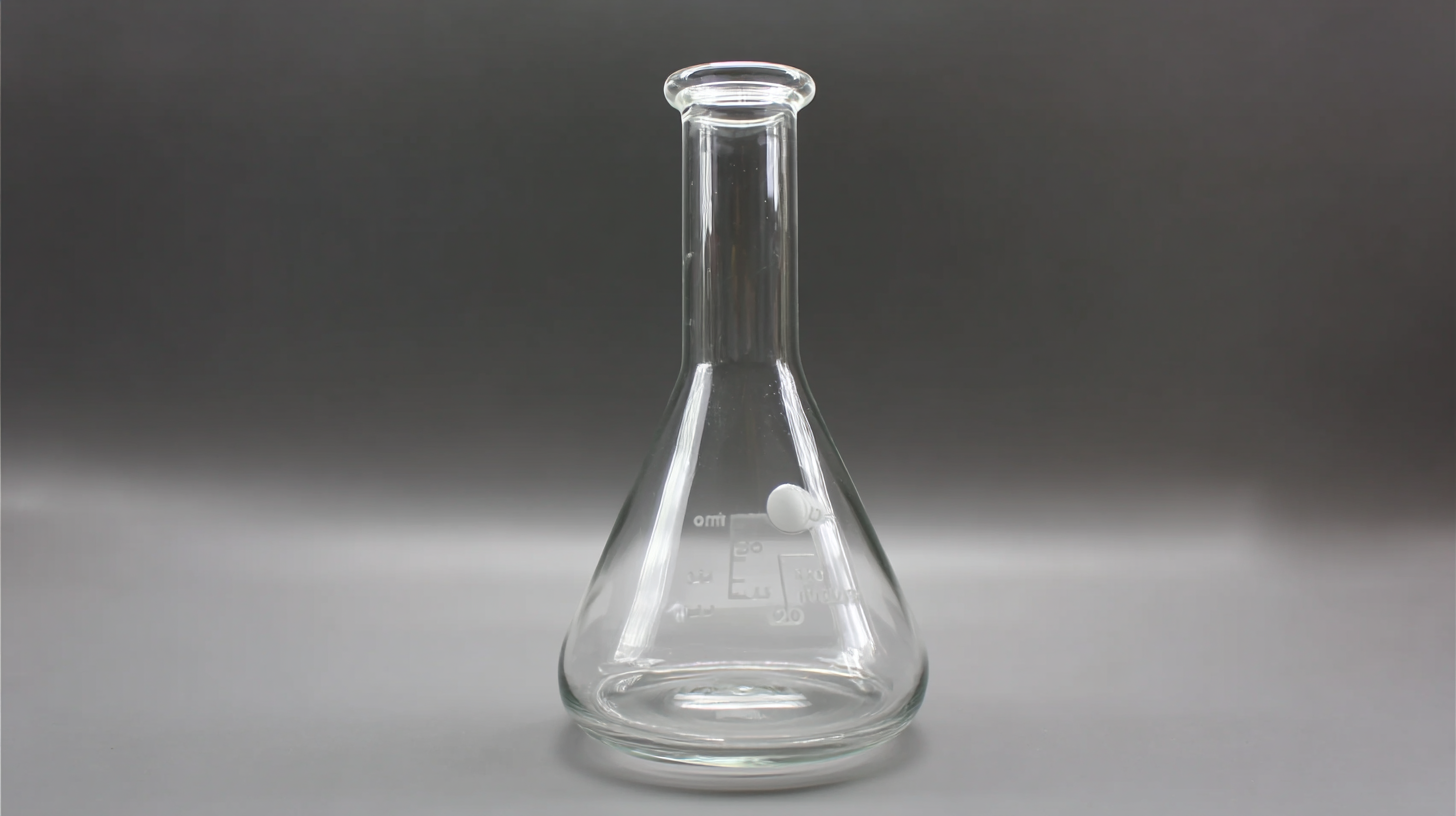 When selecting a PTFE volumetric flask for your laboratory, size and capacity are paramount considerations. PTFE flasks are available in various sizes ranging from 25 mL to 2000 mL, allowing you to choose a volume that aligns precisely with your experiments. Assess the scale of your work—if you’re performing small-scale reactions, smaller volumes may suffice. On the other hand, for larger batch experiments or analytical procedures, a larger capacity flask will be essential.
When selecting a PTFE volumetric flask for your laboratory, size and capacity are paramount considerations. PTFE flasks are available in various sizes ranging from 25 mL to 2000 mL, allowing you to choose a volume that aligns precisely with your experiments. Assess the scale of your work—if you’re performing small-scale reactions, smaller volumes may suffice. On the other hand, for larger batch experiments or analytical procedures, a larger capacity flask will be essential.
Tips: Always consider the maximum volume required for your experiments and add a buffer to avoid spills during mixing. Additionally, if your experiments require multiple iterations, it might be wise to invest in flasks of varying sizes to accommodate different phases of your research.
Moreover, it's essential to think about the precision you need from your volumetric flask. For highly accurate measurements, opt for flasks with a smaller volume that offer better precision, while larger flasks may have a margin of error.
Tips: Evaluate the standard operating procedures in your lab to determine if specific volumes are routinely needed, as this can guide your decision toward selecting the most useful flask sizes.
When choosing a PTFE volumetric flask for your laboratory, compatibility and chemical resistance are of utmost importance. PTFE, or polytetrafluoroethylene, is renowned for its exceptional chemical inertness, making it an ideal material for handling aggressive solvents and reactive chemicals. According to industry reports, PTFE flasks exhibit superior resistance to a wide range of acids and bases, ensuring that your experiments maintain the integrity of their solutions without contamination.
Tips: Always consider the specific chemicals you'll be working with in your laboratory environment. It's crucial to verify the compatibility of PTFE flasks with your reagents to prevent potential hazards. Additionally, ensure the flask meets the volume and precision requirements for your experiments to achieve accurate results.
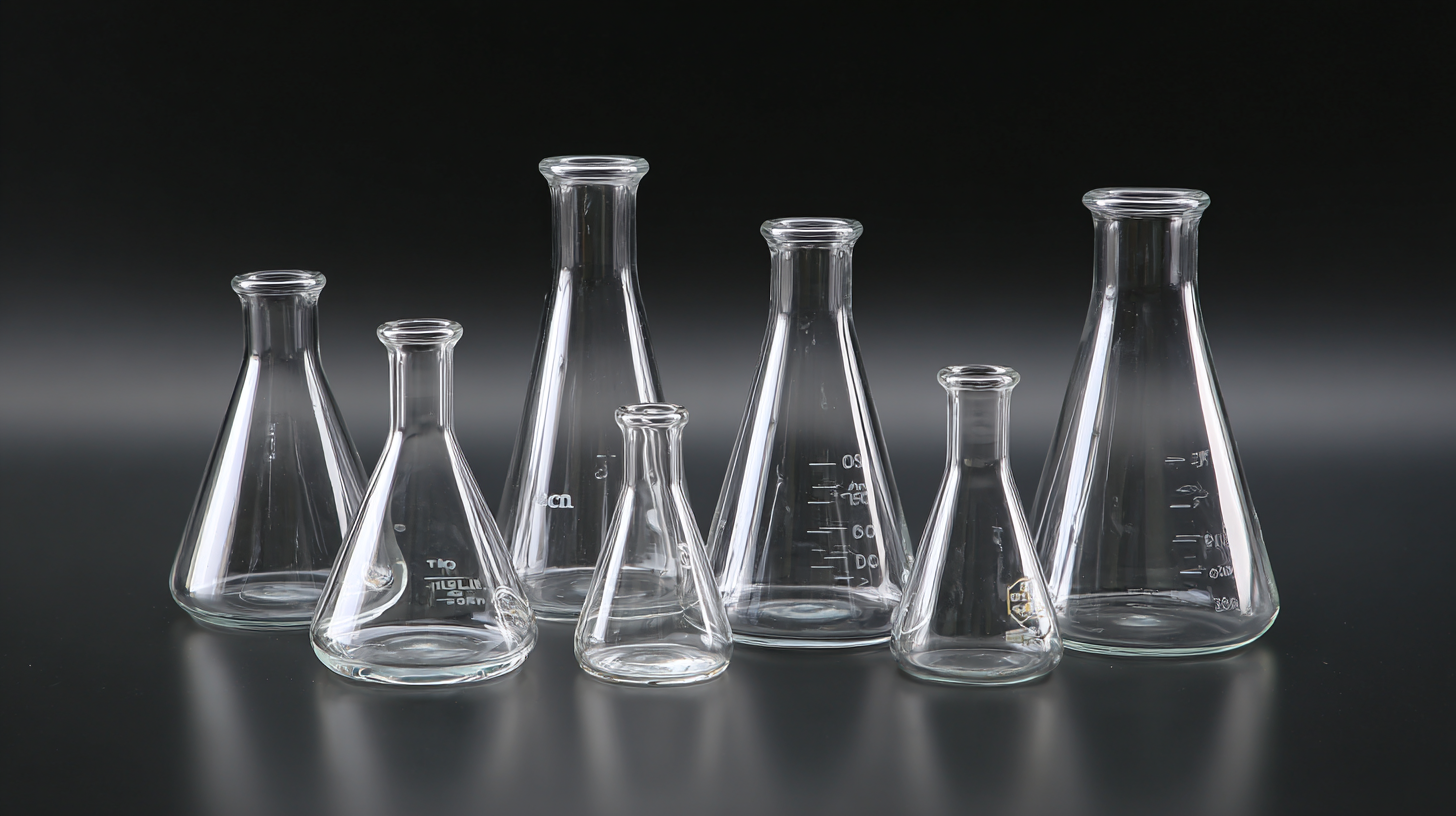
Moreover, while borosilicate glass is also widely used for various laboratory applications due to its durability against thermal shock and mechanical stress, PTFE's lightweight nature and superior chemical resistance give it a considerable edge in specific contexts. Recent studies indicate an increasing preference for materials that can withstand the rigors of modern laboratory practices, making PTFE flasks a favorable choice for many chemists and lab technicians. Understanding these material properties can help you optimize your laboratory setup effectively.
When selecting a PTFE volumetric flask for your laboratory, it's crucial to balance cost and quality. While it might be tempting to go for the most affordable option available, a low price often comes at the expense of performance and durability. Investing in a high-quality PTFE flask ensures not only accuracy in measurements but also longevity in your lab equipment. This is especially important when working with reactive chemicals, as a reliable flask will minimize the risk of contamination and enhance safety protocols.
**Tips for Choosing PTFE Volumetric Flasks:**
1. Consider the manufacturing process; flasks made with precision techniques offer better reliability and consistency in measurements.
2. Check for certifications that guarantee the flask meets industry standards, ensuring that your investment will provide the necessary quality for your experiments.
3. Evaluate the supplier’s reputation and after-sales support; a trustworthy supplier can provide assistance and warranty coverage, which is invaluable in a laboratory setting.
By focusing on these aspects, you can find the right PTFE volumetric flask that fits within your budget while still meeting the rigorous demands of your laboratory work.
